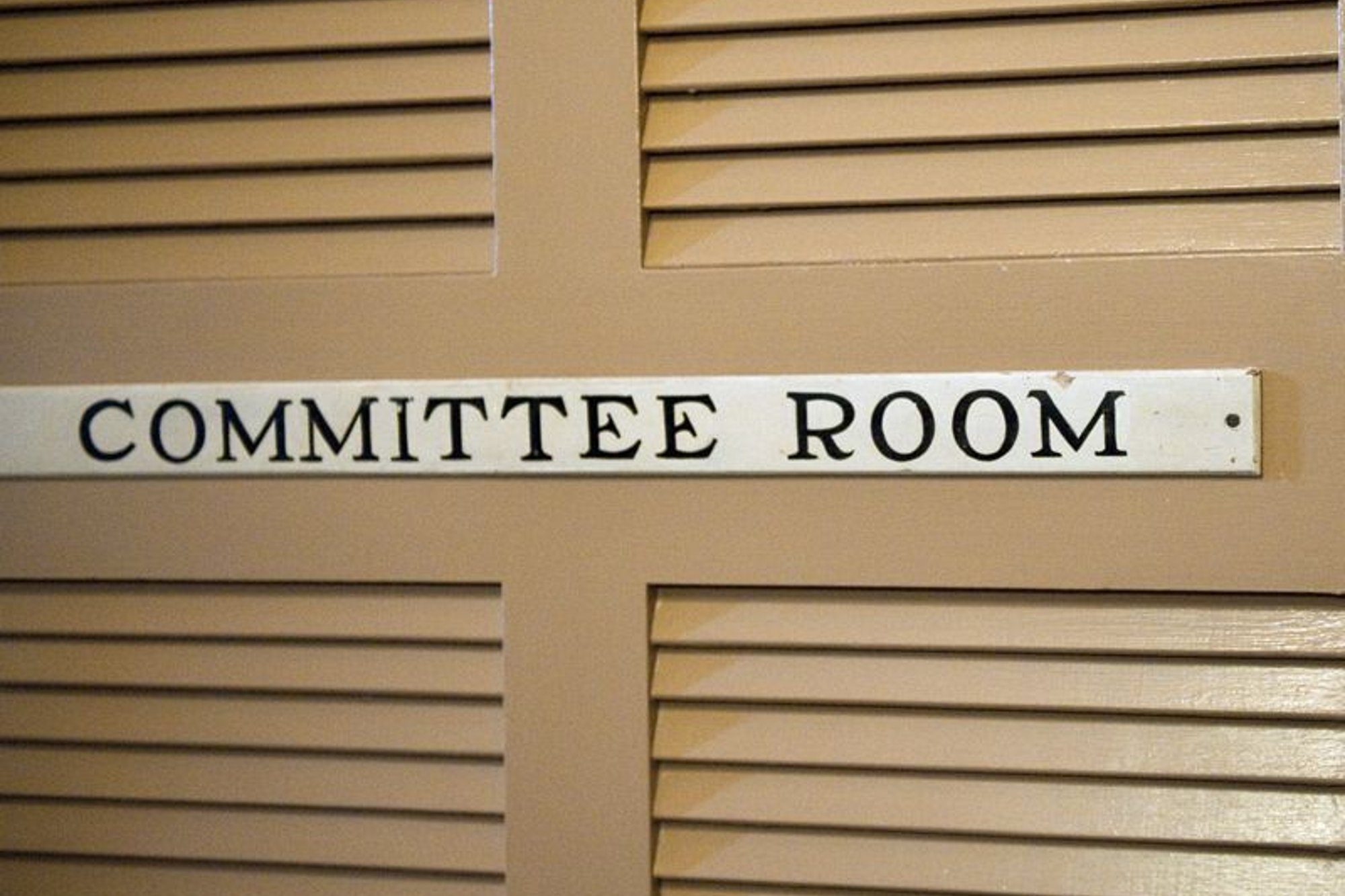
Dictatorship or democracy? How to run a successful golf club committee
We’ve all heard the horror stories of committees gone bad and the disaster that a poor structure, however well intentioned, can have on the running of a golf club.
In a recent episode of the From the Clubhouse podcast, we explored everything that’s good, bad, or indifferent, about the management structures that prop up many of our clubs.
Tom and I are no strangers to golf club governance and, on the pod, Tom picked out five things he thinks can help our volunteers do the best job on behalf of all members.
Here’s what he had to say…
Our five key tips for a successful golf club committee
Keep it tight
“Not like football, but in terms of the number of members. Don’t let committees become sprawling entities. You don’t want a dictatorship, where decisions can be taken without consultation, but neither do you want a total democracy – where everything goes to a referendum and every member gets a vote on every decision.
“The ideal is something in between, with a small group of trusted advisors.”
Committees should meet frequently
“That speeds up the decision-making process. I am a massive advocate of shorter, more frequent meetings, or meetings that are remote.
“If you have general meetings that are, say, quarterly and you’re the type of committee that hasn’t delegated authority for decision making to the secretary or the club managers in a private members’ club, it means decisions are going to take forever.”
Have a balance of skills among your committee members
“This is massive. Instead of endless sub-committees, have a marketing expert, a finance expert, an HR expert, all on one committee.
“If people understood the job better, the job would be done better, and would take less time.
“I am a school governor and you have a skills audit of your governing body where you say, ‘Do we have someone with HR experience? Do we have someone with financial experience? Do we have some legal experience?’
“You get a balance of skills on the governing body so when a teacher needs support, or there is an issue in the school, there is always an expert upon which to rely.
“Some of that is really relevant to golf club committees rather than it just being, ‘Well, it’s their turn so we will have them on.’”

Try to make the role of a committee member clear
“I think there’s a fundamental misunderstanding about what the role of a committee is. We talk about examples where general managers have said, ‘I’ve done all this meeting prep for the committee and it’s really obvious people haven’t read it in advance.’
“But good meeting practice – and the kind of people attending committee meetings would know this because they’ve been CEOs and finance directors and marketing directors in their real lives – is to circulate minutes, notes, and documents in advance and then to read them in advance. The meeting then becomes a simple case of ratifying documents.
“Committees think they are there to discuss the issues of the day and they are the ones to debate it and the ones who are making the decisions. But that’s not their role at all.”
Work out who does what and commit to it
“Where the committee’s job, and the general manager’s job, starts and ends is huge.
“There is a lot of help committees can get from organisations like England Golf and the GCMA on that front.
“Yes, committee members are also volunteers but if you’re not willing to commit the time, and try to do the job properly, then why do it in the first place?
“It’s the easiest thing in the world to hide behind, to shrug your shoulders, and say ‘I’m just a volunteer’. It hides all manner of sins.
“But the committee structure is what props up lots of golf clubs in terms of how well or badly they are run. You need to be pledged to it.”
What do you think of these five top tips? Let us know how you’d change your golf club committee, or what they’re doing really well, with a tweet.
- RELATED: Being on a committee is club golf’s poisoned chalice – so what should you be doing to help?
Steve Carroll

A journalist for 25 years, Steve has been immersed in club golf for almost as long. A former club captain, he has passed the Level 3 Rules of Golf exam with distinction having attended the R&A's prestigious Tournament Administrators and Referees Seminar.
Steve has officiated at a host of high-profile tournaments, including Open Regional Qualifying, PGA Fourball Championship, English Men's Senior Amateur, and the North of England Amateur Championship. In 2023, he made his international debut as part of the team that refereed England vs Switzerland U16 girls.
A part of NCG's Top 100s panel, Steve has a particular love of links golf and is frantically trying to restore his single-figure handicap. He currently floats at around 11.
Steve plays at Close House, in Newcastle, and York GC, where he is a member of the club's matches and competitions committee and referees the annual 36-hole scratch York Rose Bowl.
Having studied history at Newcastle University, he became a journalist having passed his NTCJ exams at Darlington College of Technology.
What's in Steve's bag: TaylorMade Stealth 2 driver, 3-wood, and hybrids; TaylorMade Stealth 2 irons; TaylorMade Hi-Toe, Ping ChipR, Sik Putter.










